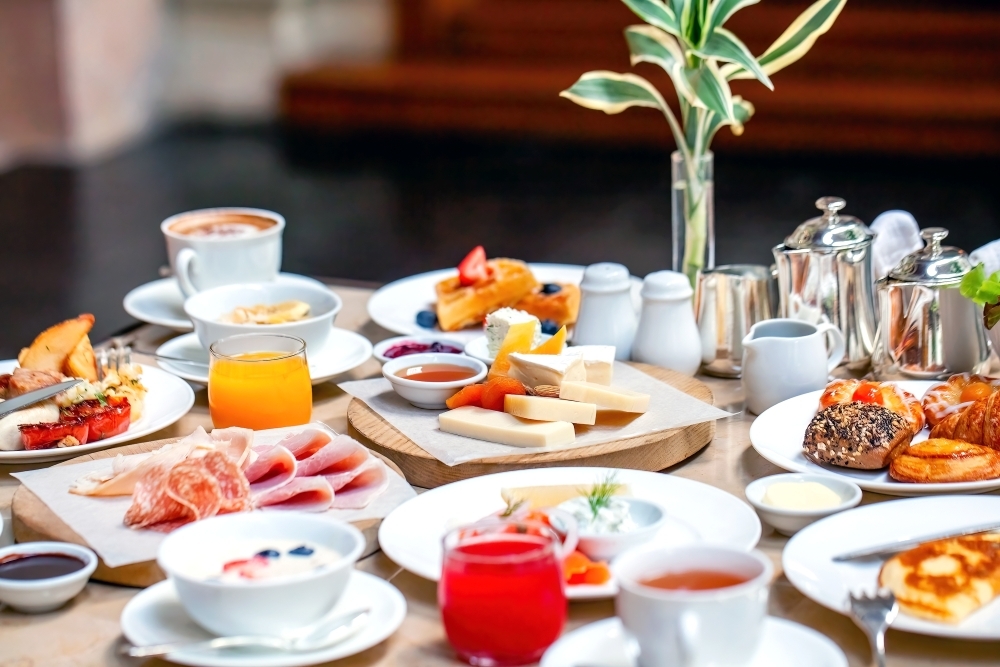Best Honey in the World
Some of the earliest evidence of humans gathering honey can be seen in prehistoric cave paintings dating back to around 8000 in Cuevas de la Araña in Spain. In the paintings, you can see humans collecting honey from bee colonies in the wild. In Ancient Egypt, honey was extremely valuable. It was used to sweeten food, for medicinal purposes, and in religious rituals. There is evidence in Ancient Egyptian hieroglyphs that Egyptians were keeping bees, and jars of honey have been found in the tombs of famous pharaohs, like Tutankhamun.
-1.jpg?width=624&height=452&name=unnamed%20(4)-1.jpg)
Honey is also culturally significant across the world. In Christianity, honey represents abundance and divine blessings, and in Islam, the Quran mentions its medicinal purposes. It is also one of the few foods that does not perish with age if it is stored properly. The enduring nature of honey recurs in its cultural representations, from the Bible to the poetry of Sylvia Plath.
Below, we list some of the best honeys the world has to offer.
1. Manuka Honey, Aotearoa, New Zealand
This rich, herbal honey derives from the nectar of the Manuka tree (Leptospermum scoparium), indigenous to New Zealand. This honey is a dark golden colour and is thick and luxurious. Its flavour is rich and slightly bitter, with an herbal undertone not dissimilar to the scent of the flowering Manuka tree on a hot summer’s day. This honey has high levels of a compound called methylglyoxal, which is where the honey gets its antibacterial properties. Manuka is used in a variety of products in New Zealand and around the world. It is a popular ingredient in cough and sore throat remedies, in some antibacterial ointments, and in skin care products. As a premium product, its price often reflects a higher cost but Manuka honey is a a high-grade honey with a divine flavour profile and added health benefits to boot
Also Read: Best Niche Fragrances for Men
2. Sidr Honey, Yemen
This meticulously produced honey, drawn from the nectar of the Sidr tree (Ziziphus spina-christi) in Yemen, is one of the most sought-after honeys globally. The Sidr tree grows in arid regions, surviving in harsh and extreme climates in Yemen and the Middle East. The trees grow particularly well in the Hadhramaut region of Yemen, where there are long traditions of beekeeping. Beekeepers in this region do not use chemicals and work instead with the natural environment and the bee’s innate ability to search for nectar. The Sidr tree blooms twice a year, in the spring and autumn. The honey is harvested by hand and once the honeycomb is removed from the hive it is crushed and the honey is filtered through a fine mesh. Sidr honey is often raw, meaning it maintains its rich complex flavour with hints of caramel and butterscotch. Sidr honey has antibacterial properties, is rich in antioxidants and represents the ultimate level of luxury when it comes to honey.
Also Read: Best Interior Designers in the World
3. Acacia Honey, Hungary
Acacia honey, produced from the nectar of the Black Locust tree (Robinia pseudoacacia) in Hungary, may not be as lavish as Sidr honey but it is a delicious and versatile honey. With a mild, floral flavour, Acacia honey is rich in vitamins and minerals like vitamin C, calcium and potassium. It also has a Low Glycemic Index compared to other varieties of honey, meaning it is a really good option for those who might be managing their blood sugar levels. This honey has a number of uses – commonly used in baking and cooking, particularly in glazes and marinades, but it is also a popular ingredient in skincare products as it is hydrating and nourishing.
Also Read: Best Private Jets
4. Miel Lo Mejor del Bierzo, Spain
This is one of the most luxurious honeys in the world, and everything from its production to its popularity and reputation reflects this. Miel Lo Mejor del Bierzo is produced in the region of Bierzo in Spain. Its producers prioritise traditional beekeeping practices based around the incredible environment of the locale in which it is produced. Bierzo, in the northwest of Spain, is a region rich with diverse plant life and fertile valleys. Honey here is harvested at the height of the flowering season when there is plentiful nectar flow. The honey is extracted from the comb using cold methods to preserve its integrity. The honey’s flavour profile is delicate yet complex, with notes of chestnut, heather, and wildflowers. Beekeeping is a tradition in Bierzo, passed down from generation to generation, and this long and proud history is reflected in this high-quality honey.
Also Read: Best Safaris in the World
5. Elvish Honey, Turkiye
Elvish honey is renowned as one of the best honeys in the world. Produced in the Artvin province in Turkiye, this honey is harvested from caves located in the impressive mountains of northeastern Turkiye, sometimes at elevations of over 1800 metres above sea level. In these caves, there is a microclimate of stable temperatures and high humidity, and the altitude and isolation of the caves protect the bees and the honey itself from pollution. It is something of a challenge to harvest this honey, and as such only small quantities are produced each year and the danger and rarity are reflected in this honey’s high price point. The honey is known for its wildflower sweetness and for its floral aroma made deep with hints of resin and earth. At a price point of $6800 per gram, this honey is one to be savoured and not to be missed.
The perfect scenario would be to experience every honey on the list and compare the tastes, textures, and benefits for yourself. With a little research and investment, you could soon be joining the honey high society, and heightening your own understanding of one of the sweetest and greatest natural foodstuffs that our planet has to offer. What a delightful hobby that would be.



